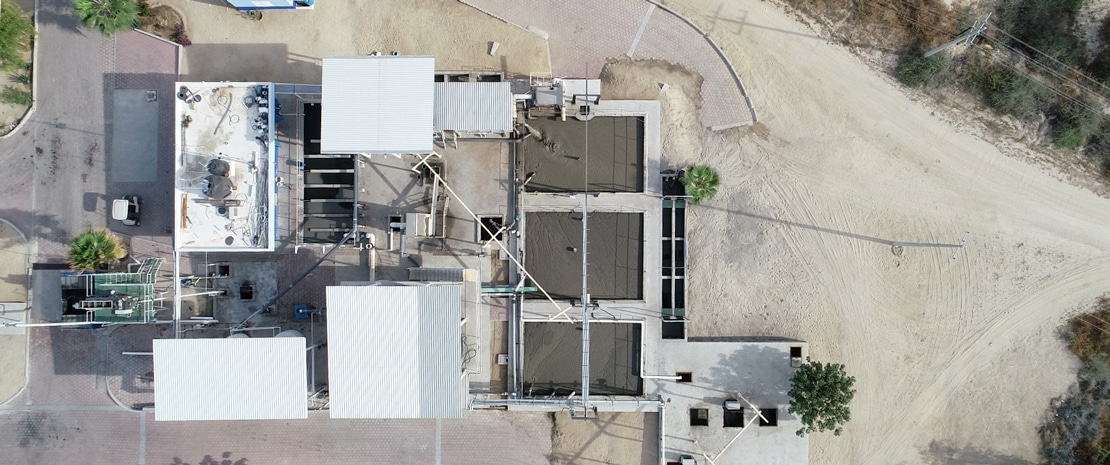
For municipal wastewater streams, BioDAF approaches issues in three distinct stages: biological, physical, and chemical. Addressing these three stages together results in a highly efficient process that allows treated water to be safely discharged to the environment, reused for irrigation of green areas, cooling towers, industrial cleaning, and more.
The biological stage degrades dissolved organic matter. This is accomplished by using a full-stream treatment method with poly-microbes and high oxygen transfer.
The physical/chemical stage is performed by advanced clarification processes — clarifying water with an efficiency of up to 99% removal of suspended solids, fats, oils, hydrocarbons, etc.
Additional benefits of the BioDAF system include the elimination of the sludge thickening process, tertiary filters (with the clarified water containing no more than 7 PPM TSS) and a reduction in bactericide usage.
Our efficiency is unmatched by conventional sedimentation methods. Most conventional methods are adversely impacted by FOGs which affects the biological process, making bacteria become vegetative when pollutant loads vary.
Technologies and Process
The BioDAF system is capable of treating municipal sewage water for re-use or safe discharge.
The system design includes all necessary steps to recover any desired byproducts and deliver the treated water quality required to meet any regulation imposed by environmental authorities worldwide. Our wastewater treatment system is ideal due to its high efficiency, small footprint, and lower operational costs when compared to other technologies.
The BioDAF Complete Mix Activated Sludge Process:
- Flow Regulation Tank: Regulates peak water inflows to system, as well as BOD control.
- Biological Reactor: BOD reduction to as much as 98% efficiency, creating a Total Mix.
- Clarification Process: Removes significant TSS to < 1ppm. Total clarification time less than 3 minutes.
- Disinfection: Final bacteria elimination. Safe discharge to environment.
- Sludge Handling: With sludge consistencies of up to 6% dry-base, the need for sludge digesters is eliminated — this represents significant savings in O&M.